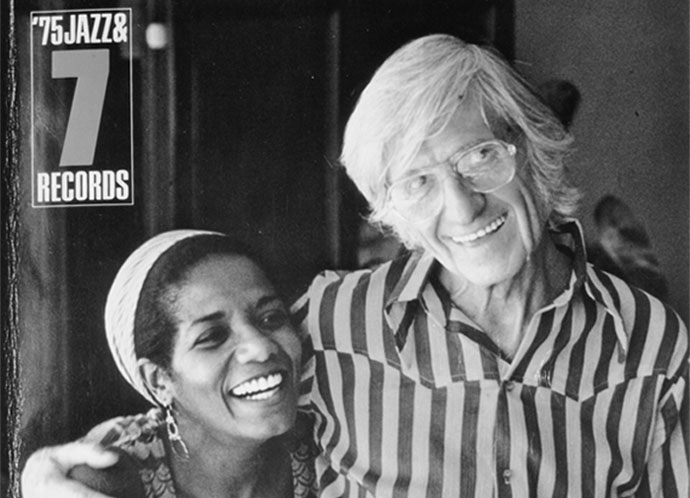 Jazz Profiles Gil Evans: The Arranger as Re-composer (Part 6)
We found this summation by Bill Kirchner on the significance of these Boplicity or Birth of the Cool recordings in Gene Lees’ chapter on Gil: “Saxophonist/composer/arranger/author
Bill Kirchner, who teaches jazz composition at the New School, wrote in
a paper delivered at a conference on Miles Davis held on 8 April 1995,
at Washington University in St. Louis, Missouri, that the group that
grew out of those sessions in Gil's pad was an anomaly: "It recorded
only a dozen pieces for Capitol and played in public for a total of two
weeks in a nightclub, but its recordings and their influence have been
compared to the Louis Armstrong Hot Fives and Sevens, and to other
classics by Duke Ellington, Count Basie, and Charlie Parker. Though its
personnel changed frequently, many of the nonet's members and
composer-arrangers became jazz musicians of major stature. Most notable
were Davis, trombonists J. J. Johnson and Kai Winding, alto saxophonist
Lee Konitz, baritone saxophonist and arranger Gerry Mulligan, pianist
and arranger John Lewis, pianist Al Haig, drummers Max Roach, Kenny
Clarke, and Art Blakey, and arrangers Gil Evans and John Carisi... "The Birth of the Cool sides were recorded in three sessions on 21 January and 22 April 1949, and on 9 March 1950.
Issued initially as single 78s and eventually in various LP
collections, these recordings had an enormous impact on musicians and
the jazz public. Principally, they have been credited - or blamed,
depending on one's point of view - for the subsequent popularity of
"cool" or "west coast" jazz. Indeed, composer-arrangers such as
Mulligan, Shorty Rogers, Marty Paich, and Duane Tatro were inspired by the Birth of the Cool instrumentation and approach. "A
good deal of their music, though, was more aggressive and rhythmic than
some critics would lead us to believe - the frequent presence of such
impeccably swinging drummers as Shelly Manne and Mel Lewis alone insured
that. "But
the Birth of the Cool influence extended far beyond west coast jazz,
and frequently appeared in all sorts of unexpected places. In the '50s,
east coast composer-arrangers such as Gigi Gryce, Quincy Jones, and
Benny Golson produced recordings using this approach, as did
traditionalist Dick Gary, who used the style in orchestrating a set of
Dixieland warhorses. Thelonious Monk, with arranger Hall Overton, used
an almost identical Birth of the Cool instrumentation for his famed 1959
Town Hall concert. The format was proving to have all sorts of
possibilities for creative jazz writing. "Gil Evans spent much of the rest of his career expanding on the innovations of his Thornhill and Birth of the Cool scores." What
is generally overlooked is a point made by Max Harrison: that the
"cool" did not begin with those nonet sessions. "There has always been
cool jazz," …” [pp. 91-92] |
|
